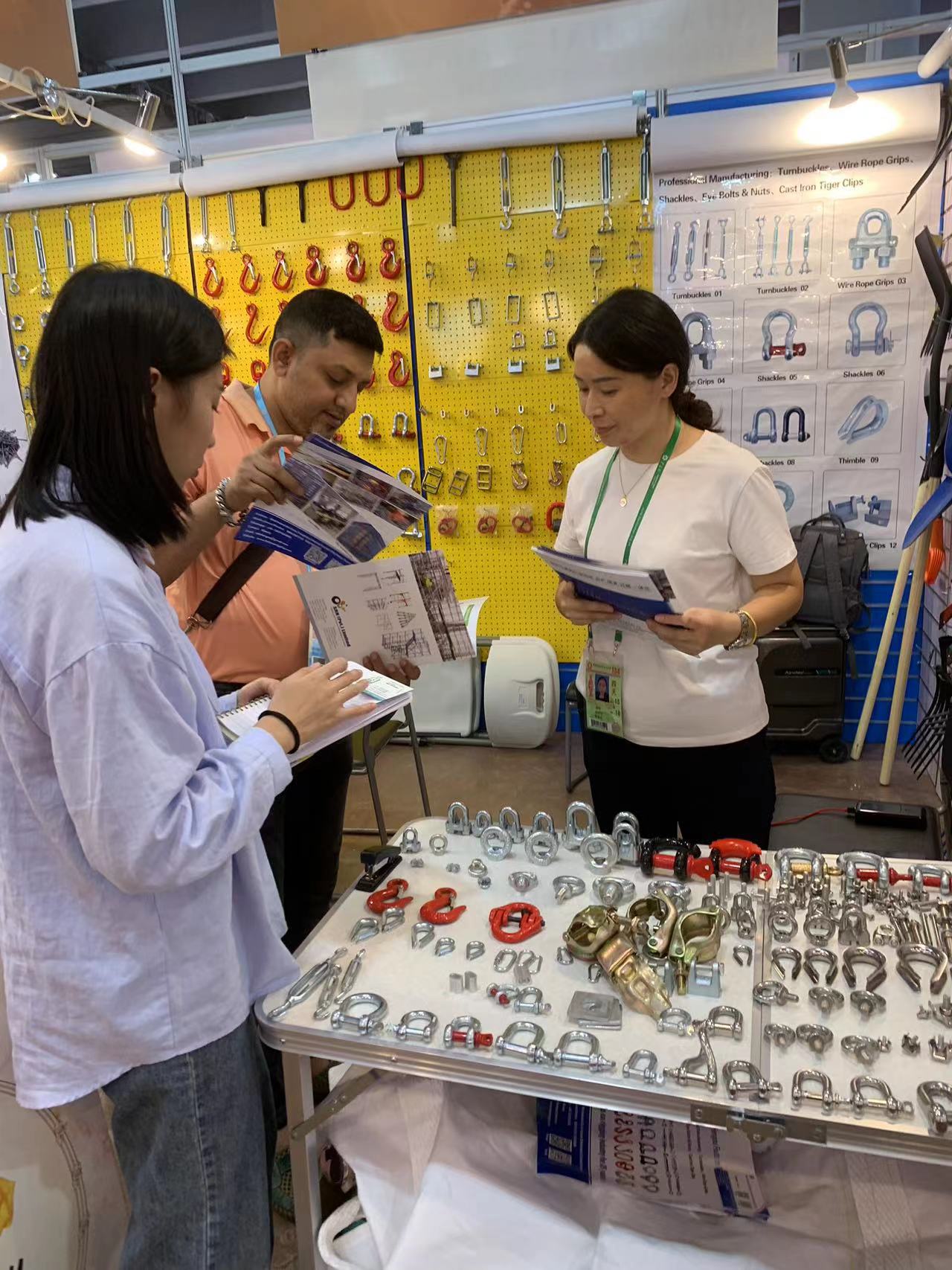News
Nov . 05, 2024 08:38 Back to list
galvanised turnbuckles
Understanding Galvanised Turnbuckles Essential Hardware for Tension and Adjustment
Turnbuckles are indispensable hardware components widely used in various industries for their ability to provide adjustable tension and support. Among the different types available, galvanised turnbuckles stand out due to their enhanced durability and resistance to corrosion. This article will delve into what galvanised turnbuckles are, their applications, benefits, and maintenance tips.
What Are Galvanised Turnbuckles?
A turnbuckle is a mechanical device consisting of a metal frame with two eyelets or hooks at each end, designed to adjust the tension in cables, ropes, or rods. The unique feature of a turnbuckle is its central body, which can be twisted to either expand or contract the distance between the two ends, thereby increasing or decreasing tension. Galvanised turnbuckles are specifically treated with a layer of zinc to protect them from rust and harsh environmental conditions, making them ideal for outdoor and marine applications.
Applications of Galvanised Turnbuckles
Galvanised turnbuckles are versatile and used across multiple sectors, including construction, agriculture, and maritime industries. In construction, they are often employed to stabilize scaffolding or support structural components. In agriculture, they can help in the tensioning of livestock fencing, ensuring safety and durability. Moreover, in maritime applications, galvanised turnbuckles are used in rigging to secure sails and maintain tautness in ropes, essential for the safe operation of boats and ships.
Benefits of Galvanised Turnbuckles
galvanised turnbuckles

One of the primary benefits of using galvanised turnbuckles is their corrosion resistance. The galvanisation process provides a protective barrier that prevents rust from forming, ensuring longevity and reliability, even in adverse weather conditions. This characteristic makes them suitable for both fresh and saltwater environments, where exposure to moisture can lead to rapid deterioration of non-galvanised components.
Additionally, galvanised turnbuckles offer adjustable tension, allowing users to fine-tune the tightness of cables or ropes easily. This flexibility is crucial in applications where precise tension is necessary to maintain safety and structural integrity. Furthermore, their robust construction can support significant loads, making them reliable in heavy-duty applications.
Maintenance and Care
To ensure the longevity of galvanised turnbuckles, periodic maintenance is essential. Users should regularly inspect turnbuckles for signs of wear and tear, particularly at connection points where stress is highest. While galvanisation protects against corrosion, physical damage or scratches to the surface can compromise this layer. For optimal performance, it is advisable to clean turnbuckles periodically, removing dirt and salt buildup in marine environments.
It is also crucial to ensure that the turnbuckles are installed correctly and in accordance with manufacturer specifications. Over-tightening can lead to premature failure, while insufficient tension could compromise the structure's integrity.
Conclusion
Galvanised turnbuckles are vital components for tension adjustment in various applications, offering unmatched durability and resistance to environmental factors. Their adaptability and reliability make them a preferred choice in many industries. By understanding their functionality and maintaining them properly, users can maximize the performance and lifespan of these essential hardware elements. Whether on construction sites, farms, or sailing vessels, galvanised turnbuckles play a crucial role in safety and operational efficiency.
